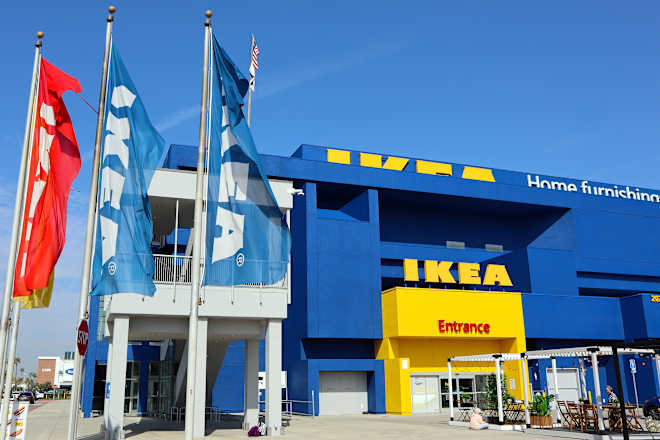Glass Pavilion With Imitation Stone Roof Blends Seamlessly Into Chongqing’s Mountain Valley
Glass Pavilion With Imitation Stone Roof Blends Seamlessly Into Chongqing’s Mountain ValleyDoDesign’s Drifting Stones Pavilion sits quietly in the mountain valleys of Chongqing, China, yet its presence resonates well beyond the secluded landscape. Encountering the pavilion...


DoDesign’s Drifting Stones Pavilion sits quietly in the mountain valleys of Chongqing, China, yet its presence resonates well beyond the secluded landscape. Encountering the pavilion feels like stumbling upon a relic of an ancient civilization or perhaps a piece of extraterrestrial architecture. The project’s origins are as poetic as the structure itself—a chance discovery of a flat-topped boulder inspired the designers to create an immersive resting space, one that encourages reflection and a deeper connection with the valley’s natural rhythms.
The pavilion comprises two distinct elements: a rhythmic stone path known as The Stacks and a reflective glass-walled rest area called The Hut. These components work in concert to guide visitors through the valley, offering a sequence of visual and tactile experiences that draw attention to the surrounding mountains, cliffs, and streams. The path, made from stacked stones and shaped to echo the contours of the landscape, leads the visitor to a platform that feels both grounded and otherworldly.
Designer: DoDesign


Inside the pavilion, frameless glass walls dissolve the boundary between interior and exterior. The landscape is drawn in, reflected, and reframed by mirrored surfaces and glass, creating a sense that one is both sheltered and exposed. The stone roof, crafted using a cement surface mixed with local stone powder, hovers above the space like a protective canopy. Its texture and hue blend seamlessly with the valley’s rocky terrain, while the structure’s modern detailing—clean lines, mirrors, and metal—offers a subtle counterpoint to the rawness of the site.
DoDesign’s approach is a study in balance. The project is neither a pure imitation of nature nor a stark architectural intervention. Instead, it occupies a liminal space where the artificial and the organic complement each other. The pavilion’s mirrored elements sometimes vanish into the scenery, while its bold, geometric stone forms assert their character. This interplay creates moments of visual surprise and calm, inviting visitors to pause, observe, and find their equilibrium between environment and enclosure.


Construction constraints on the remote site led to creative solutions. The team used a steel framework to shape the pavilion before pouring a cement skin, into which local artists carved stone-like textures. This collaboration between designers and artisans brought a sense of craftsmanship and local character to the project. Every detail, from the original stone handles on the glass doors to the way light filters through the pavilion, feels considered and purposeful, reinforcing the dialogue between tradition and innovation.
I am usually drawn to projects that offer more than shelter, and the Drifting Stones is a pavilion that asks for engagement, quietly urging visitors to look, listen, and reflect. It is a place where the boundaries between natural and built, old and new, heavy and light, are gently blurred. In this sheltered corner of the Chongqing valley, DoDesign has given us not just a structure but an experience—one that reveals the poetry of place and the quiet power of thoughtful design.




The post Glass Pavilion With Imitation Stone Roof Blends Seamlessly Into Chongqing’s Mountain Valley first appeared on Yanko Design.






![The Top 10 “Water Creature” Movies and Media (We Think) [Halloweenies Podcast]](https://bloody-disgusting.com/wp-content/uploads/2025/06/water-creatures-in-horror.jpeg)























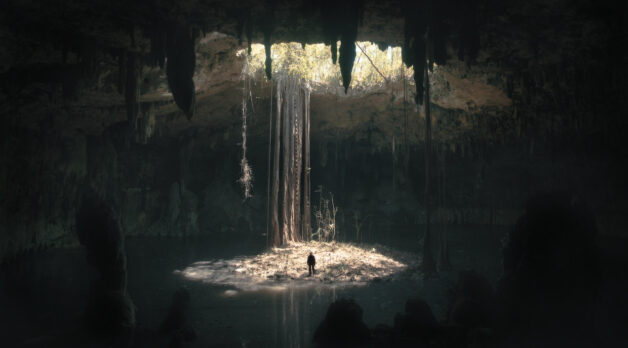
























![Where the Boys Are [BULL DURHAM]](https://jonathanrosenbaum.net/wp-content/uploads/2010/08/bull-durham.jpg)
![Communication Breakdown [SPANGLISH]](https://jonathanrosenbaum.net/wp-content/uploads/2011/05/spanglish.jpg)



































































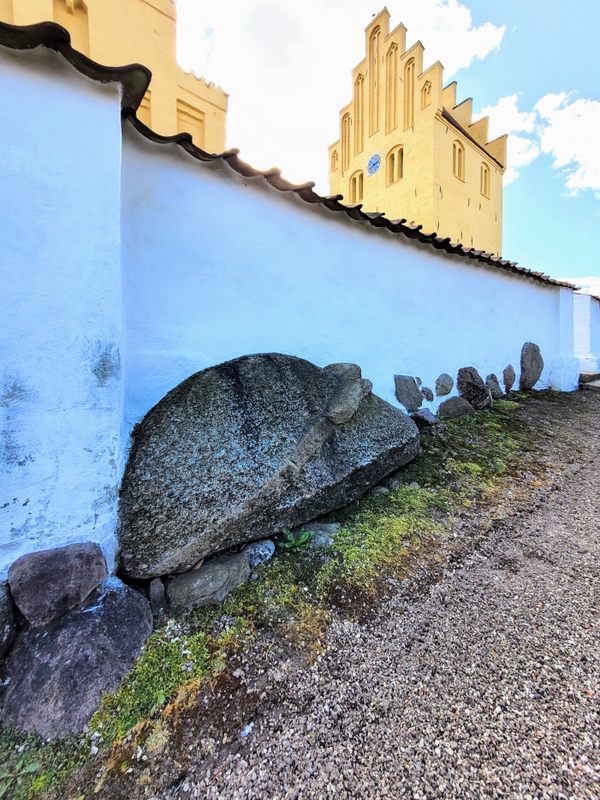










































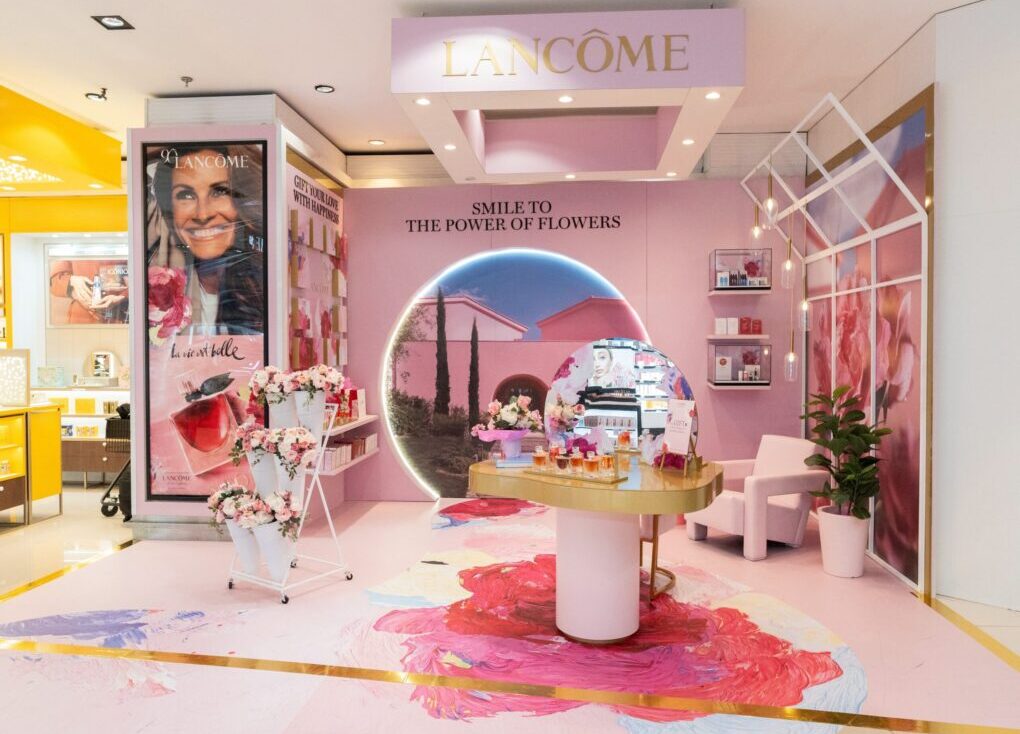














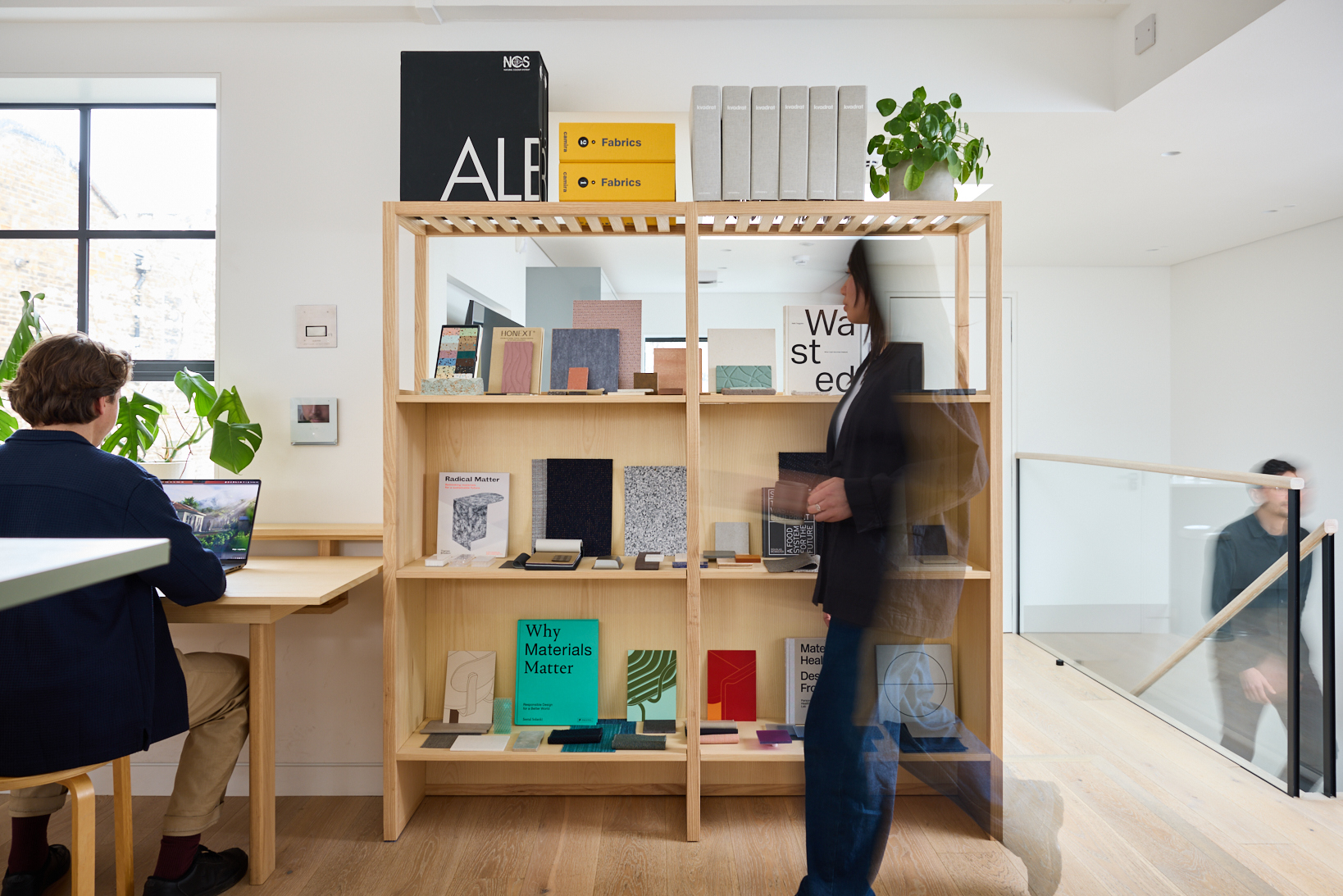
















































-0-6-screenshot.png?width=1920&height=1920&fit=bounds&quality=70&format=jpg&auto=webp#)





































































































































































































